My visit to Fukushima
In two hours on-site, most of it riding on a bus, I received a radiation dose equivalent to at least four chest X-rays
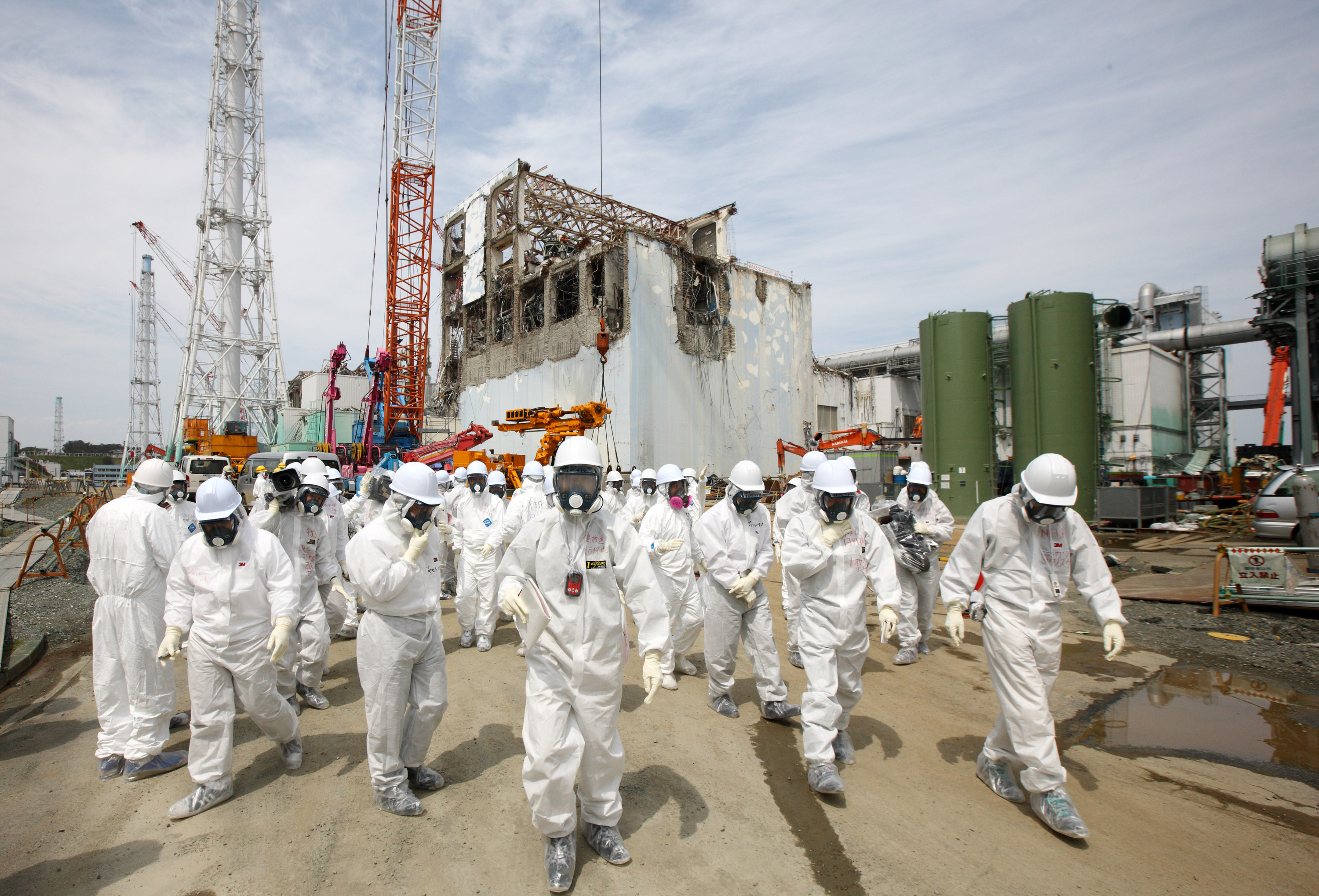
A 50-foot wall of water spawned by the quake exploded over Daiichi's seawall, swamping backup diesel generators. Four of six nuclear reactors on site experienced a total blackout. Three of them melted down, spewing enormous amounts of radiation into the air and sea in what became the worst nuclear disaster since Chernobyl in 1986.
The Japanese government never considered abandoning Fukushima, as the Soviet Union did with Chernobyl. It made the unprecedented decision to clean up the contaminated areas — in the process, generating a projected 22 million cubic meters of low-level radioactive waste — and return some 80,000 nuclear refugees to their homes. This past September, the first of 11 towns in Fukushima's mandatory evacuation zone reopened after extensive decontamination, but fewer than 2 percent of evacuees returned that month. More will follow, but surveys indicate that the majority don't want to go back.
While the Japanese government rebuilds Fukushima prefecture, the Tokyo Electric Power Company (TEPCO) is slowly dismantling the Fukushima Daiichi nuclear power plant, a process that's expected to cost at least $15 billion. On a recent tour of the site, several other journalists and I were taken to a building where TEPCO had a special viewing room outfitted with thick, radiation-proof portholes. Carved from a 115-foot-high coastal bluff in the late 1960s, the Fukushima Daiichi complex has two main terraces separated by a steep slope. From my vantage point seven stories above the upper terrace, I could see the entire 860-acre site, a bustling city of 7,000 workers garbed in white Tyvek suits. Before the disaster, much of the plant's grounds were covered in pine trees that served as a bird sanctuary.
The Week
Escape your echo chamber. Get the facts behind the news, plus analysis from multiple perspectives.

Sign up for The Week's Free Newsletters
From our morning news briefing to a weekly Good News Newsletter, get the best of The Week delivered directly to your inbox.
From our morning news briefing to a weekly Good News Newsletter, get the best of The Week delivered directly to your inbox.
"At Fukushima Daiichi, there's no textbook," said the chief decommissioning officer, Naohiro Masuda, when I spoke to him at TEPCO's headquarters. "There are three reactors, and each has a different manner in which the fuel melted. So we need to think of three different methods to solve this problem." In other words, Fukushima Daiichi has three separate decommissioning projects, not just one.
A reactor like those at Fukushima Daiichi is essentially a sophisticated machine for boiling water. Fission heat from nuclear fuel rods makes steam that spins a turbine, producing electricity. The steam is condensed, cooled, and pumped back into the reactor core to keep the fuel from overheating, and to make more steam. If water circulation stops, the rods can get so hot that they begin to lose integrity. In a worst-case scenario, they melt like wax candles, and the molten fuel pools up inside the reactor, releasing massive amounts of radiation.
Masuda estimates that decommissioning the Fukushima Daiichi site — removing all nuclear and radiological hazards — will take three to four decades, although he acknowledged that the technologies required to scoop melted fuel out of the damaged reactors don't even exist yet. "Engineers are studying the problem," he says, "but we don't think that there's no way to remove the fuel. There's huge risk involved. If you make one small mistake, it might cause a huge problem for the local people, or even worldwide."
To get a closer look at the reactors, the other journalists and I donned anti-contamination gear: safety helmet, dust mask, goggles, two pairs of latex gloves, one pair of cotton gloves, long-sleeved undershirt with breast pockets to hold a dosimeter (a device the size of a flip phone that measures the amount of radiation a person absorbs), disposable pants, two pairs of socks, Tyvek suit, rubber boots, disposable boot covers, and masking tape to seal the shirt cuffs. All of these precautions were supposed to keep radioactive contaminants from getting inside our lungs and on our skin. A TEPCO handout informed us that our dosimeters were set to beep in 20 µSv intervals. Properly clothed, we clambered aboard a bus upholstered in thick plastic and duct tape.
A free daily email with the biggest news stories of the day – and the best features from TheWeek.com
Once landscaped with greenery, the long, steep slope separating the upper and lower terraces of Fukushima Daiichi is now a moonscape of smooth concrete, designed to keep rainwater from soaking into the contaminated ground. As the bus descended toward the ocean, we passed an area piled high with the trunks of dead pine trees. I could see the roofs of the four damaged reactors. They were 19 stories tall, except for Unit 3, shortened by a hydrogen explosion that blew its top off. Cranes used to erect new reactor coverings that prevent the spread of radioactive dust dangled above them.
Even under ordinary conditions, retrieving fuel rods from a nuclear reactor's core is a delicate procedure requiring the use of specialized machinery. The fuel rods are sealed inside a reactor pressure vessel (RPV), a 750-ton steel capsule filled with water lodged in the heart of the reactor. Surrounding the RPV is the primary containment vessel (PCV), a massive, pear-shaped structure made of concrete up to 5 feet thick and lined with 5 inches of steel. The PCV, in turn, is embedded in a concrete honeycomb of utility rooms filled with a labyrinth of pipes, pumps, and other equipment. The only part of the reactor visible to the eye is a thin outer layer of sheet metal and concrete.
We boarded the bus and motored down a road at the base of the reactors. Units 1, 3, and 4 had suffered hydrogen explosions that looked dramatic in news footage. In reality the explosions blew apart only the reactors' thin outer layers, leaving the massive PCVs mostly intact. At least that's the hope. Nobody can say for certain if the earthquake, hydrogen explosions, or some unknown event — a mysterious explosion was heard coming from deep inside Unit 2, for instance — cracked the PCVs. Fatal radiation levels make it impossible to send inspection crews inside the reactors.
Instead, TEPCO sent two robots into Unit 1 this past April to locate the melted fuel. One robot stopped working within three hours; the other persevered for four days. The best data TEPCO has received about the location of fuel debris came from a recent muon scan of Unit 1. The scan revealed a void inside the reactor pressure vessel, confirming the worst-case scenario: Molten fuel had burned clean through it and slumped to the bottom of the PCV. Fuel probably melted through the RPVs in Units 2 and 3 as well. The likelihood of TEPCO meeting its 2021 deadline for the start of fuel removal is, at best, remote.
My dosimeter beeped its first 20 µSv alert as the bus passed the Common Pool Building, where thousands of spent nuclear fuel assemblies sit submerged underwater. The bus braked in front of Unit 4, and we got out to look at what TEPCO calls the "seaside impermeable wall": 594 concrete and steel piles that run almost half a mile along the waterfront. It is the last line of defense between Fukushima Daiichi and the sea, though it is designed to protect the sea from the nuclear plant, not vice versa.
To understand the scale of the water problem at Fukushima Daiichi, you have to go back to the disaster's early days. Under normal conditions, water circulates through the reactors in a closed loop to cool the nuclear fuel and generate steam. That loop broke during the disaster, and TEPCO resorted to pouring seawater into the overheating reactors. The reactors and turbine buildings quickly began filling up with thousands of tons of highly contaminated seawater.
"A few more days and water would have overflowed the plant, which would've taken whatever they had and squared it in terms of a catastrophe," recalls John Raymont, founder of Kurion, a nuclear waste management company based in Irvine, California. "We heard that some of the men at the site would step in a puddle and get radiation burns immediately from it."
There are no longer skin-searing puddles of radioactive water. But TEPCO is still circulating 320 metric tons of water per day into the reactors to keep the melted fuel cool. An ad-hoc circulation loop pumps contaminated water from the reactors to a purification system that removes two of the worst radionuclides: cesium and strontium. Most of the water then goes back into the reactors, or is piped to the tank farm.
There are 1,000 tanks at Fukushima Daiichi, containing more than 700,000 metric tons of contaminated water, equivalent to nearly 300 Olympic-size swimming pools. TEPCO can't go on building tanks forever, nor can it discharge the water into the ocean. The water is contaminated with high levels of tritium, a radioisotope that can't be removed using conventional filtration technology. Even if TEPCO could eliminate the tritium overnight, it's doubtful the government would allow the company to dump 1 million tons of "purified" Fukushima water into the ocean before the 2020 Tokyo Olympics. In the meantime, water tanks are sprouting up all over the site like toadstools after a rainstorm.
We boarded the bus and headed toward reactor units 5 and 6. Located on high ground, the units were untouched by the tsunami. But they lay directly in the path of the radioactive plume that ended up contaminating 3,500 square miles of land northwest of the plant. We passed dead pine trees scattered like toothpicks. For the second and last time, my dosimeter beeped a 20 µSv alert. In two hours on-site, most of it riding on a bus, I'd received a radiation dose equivalent to at least four chest X-rays.
The Fukushima disaster had a chilling effect on the nuclear-power industry worldwide. Germany is phasing out of nuclear energy altogether. China suspended its rapidly expanding program. And in Japan, where nuclear power supplied 30 percent of the country's energy, the entire reactor fleet was taken offline. But the nuclear chill has begun to warm up lately. Ten new reactors went online last year, the most since 1990. China now has 24 reactors under construction, with more on the books. Last August, Japan quietly restarted its first reactor since the disaster.
Ikuro Anzai, an owlish 75-year-old nuclear scientist from Kyoto, is skeptical of this development. He's spent his career criticizing the incestuous relationship between government regulators and the nuclear industry. He travels to Fukushima prefecture every month to measure radiation levels to reassure those who no longer trust the government.
On a drizzly afternoon, I met Anzai at the Torikawa Nursery School in Fukushima City, about 40 miles from Fukushima Daiichi. Residents there were never evacuated, although radioactive hot spots in parts of town still exceed the government's decontamination goal of 0.23 µSv/h. Anzai knelt next to a swing set and held a gamma spectrometer over a hole in the sand. "0.07 microsieverts per hour," he announced. "It's the same as my office in Kyoto."
That was less than half the radiation levels Anzai found when he surveyed the same area two years ago, good news for the children who attend Torikawa Nursery School. Ever since the disaster they've been cooped up for fear they'd be exposed to radiation. Now they could take their daily walk again. "We still worry about the food," the director of the nursery school, Miyoko Sato, told me. Food grown in Fukushima prefecture — famous for its produce in Japan — is closely monitored for radioactive contamination, but the school still sources its food from outside it.
As the decommissioning of the nuclear plant moves forward, Anzai has one simple piece of advice for Japan's government and its nuclear industry: "Don't hide, don't lie, and don't underestimate." In many ways, rebuilding Fukushima prefecture is the easy part. Japan has recovered from far worse. Restoring public faith will be much more difficult, because trust has no half-life.
Excerpted from an article that originally appeared in Popular Science. Reprinted with permission.
-
 The ultimate films of 2025 by genre
The ultimate films of 2025 by genreThe Week Recommends From comedies to thrillers, documentaries to animations, 2025 featured some unforgettable film moments
-
 Political cartoons for January 3
Political cartoons for January 3Cartoons Saturday's political cartoons include citizen journalists, self-reflective AI, and Donald Trump's transparency
-
 Into the Woods: a ‘hypnotic’ production
Into the Woods: a ‘hypnotic’ productionThe Week Recommends Jordan Fein’s revival of the much-loved Stephen Sondheim musical is ‘sharp, propulsive and often very funny’
-
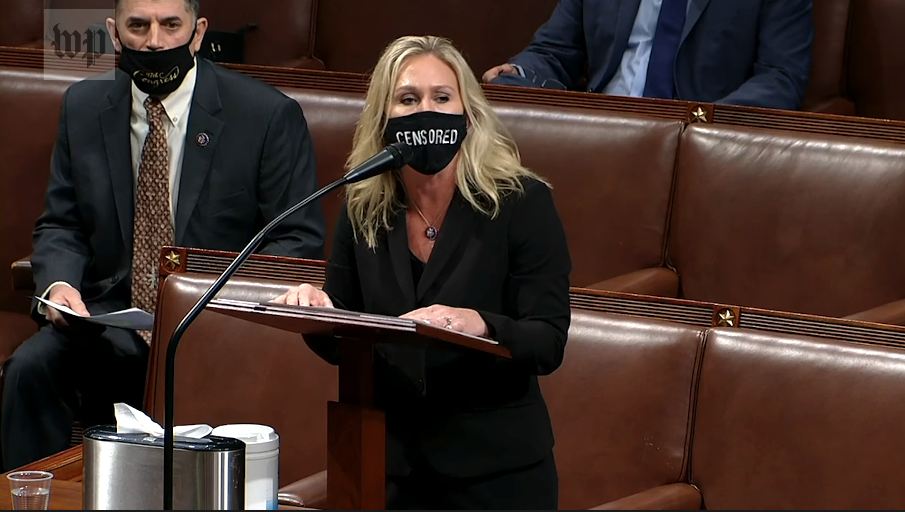 Democrats plan to make every House Republican take a vote on GOP Rep. Marjorie Taylor Greene
Democrats plan to make every House Republican take a vote on GOP Rep. Marjorie Taylor GreeneSpeed Read
-
 Judge unsure if Kevin Spacey case will 'continue or collapse' after accuser pleads the 5th
Judge unsure if Kevin Spacey case will 'continue or collapse' after accuser pleads the 5thSpeed Read
-
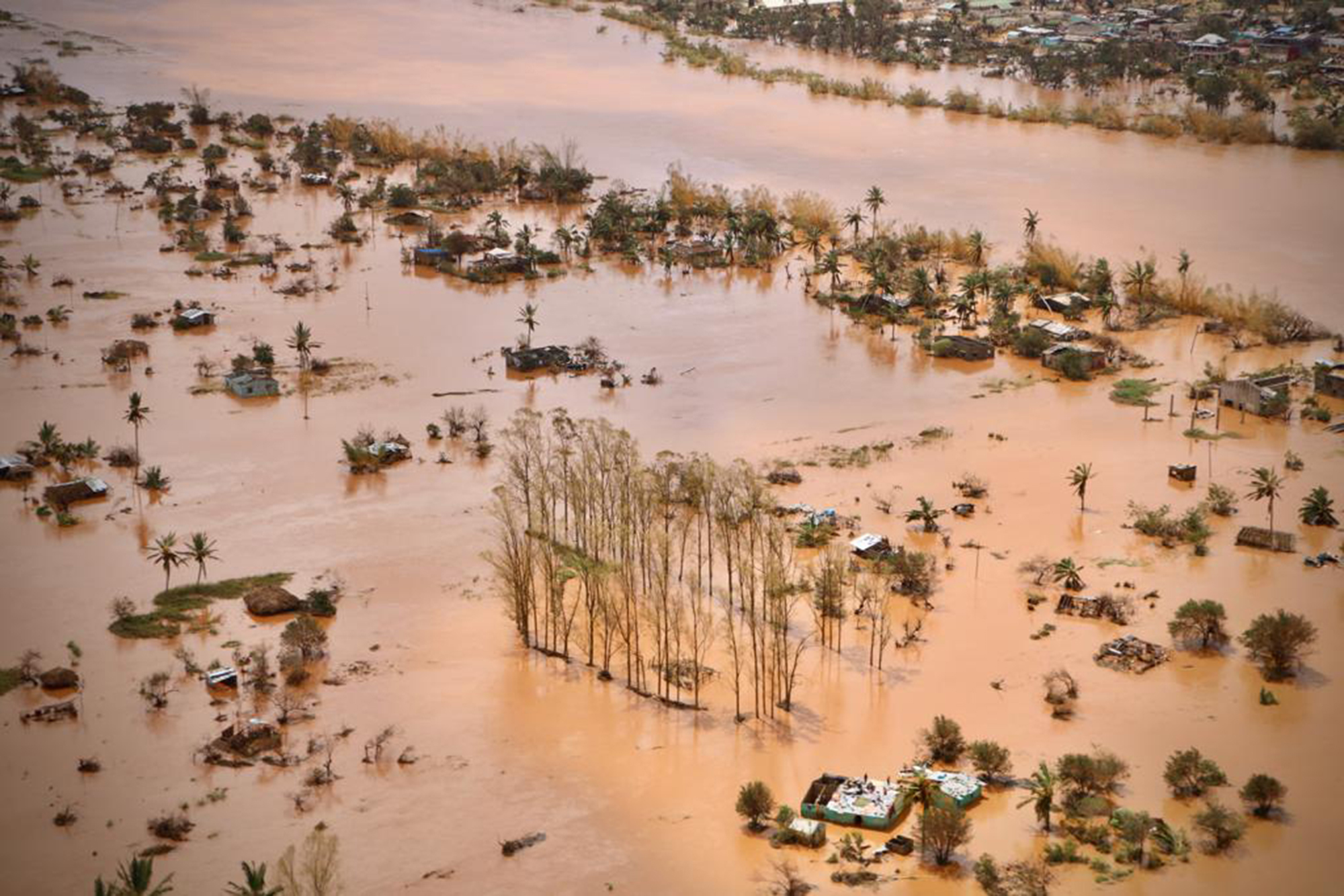 Devastating floods in Mozambique can now be seen from outer space
Devastating floods in Mozambique can now be seen from outer spaceSpeed Read
-
 Robin Wright has finally commented on Kevin Spacey's sexual misconduct allegations
Robin Wright has finally commented on Kevin Spacey's sexual misconduct allegationsSpeed Read
-
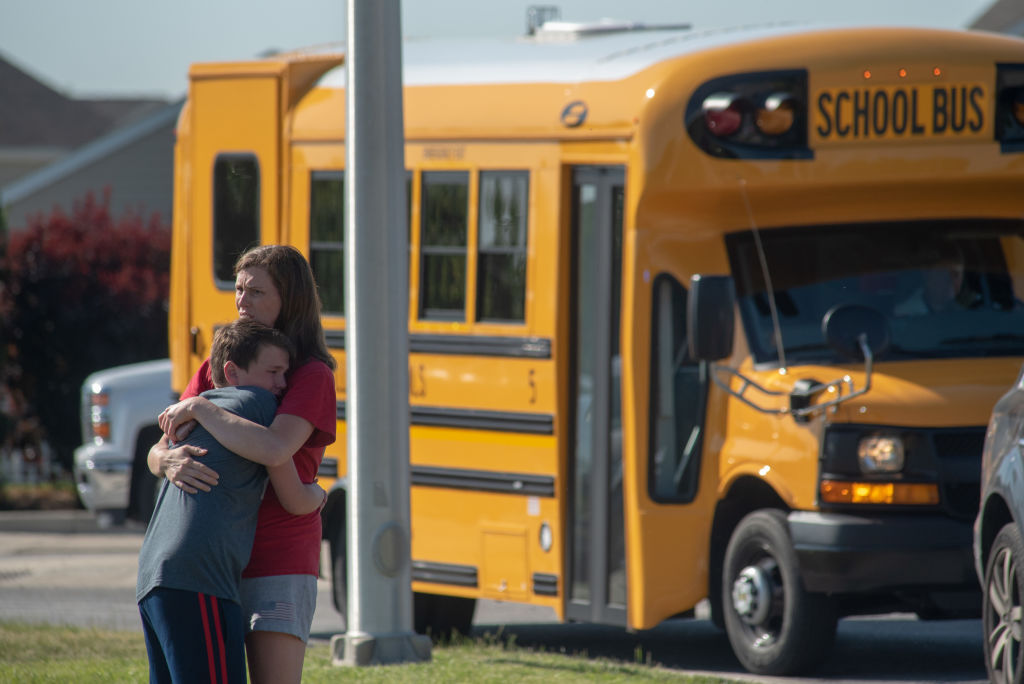 Indiana science teacher stops middle school shooting: 'He's a hero today'
Indiana science teacher stops middle school shooting: 'He's a hero today'Speed Read
-
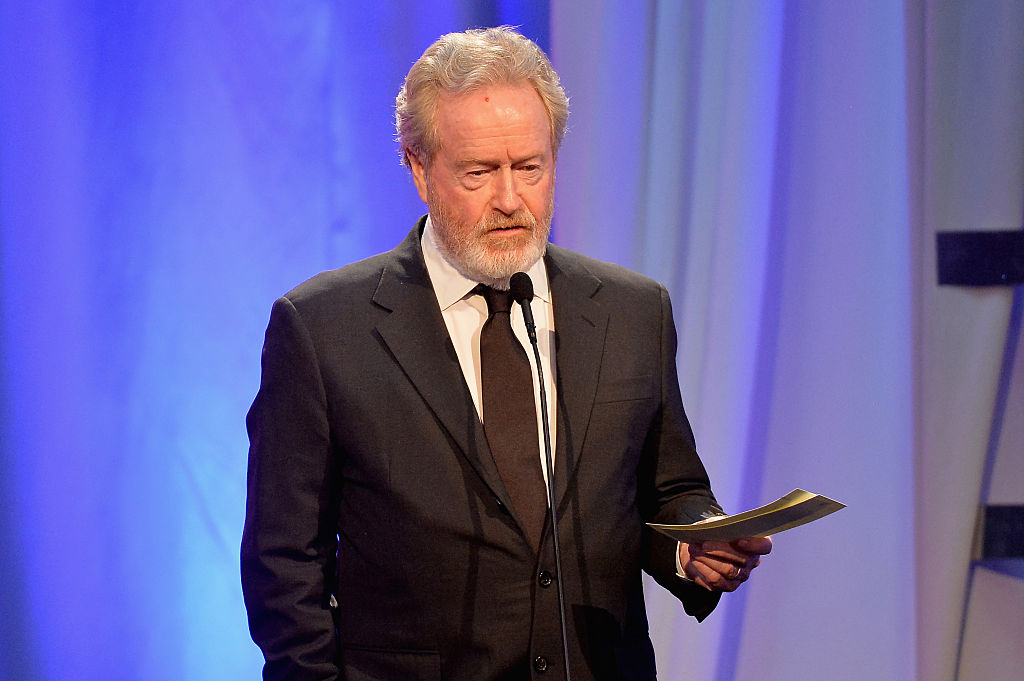 Here's how Ridley Scott replaced Kevin Spacey in All the Money in the World
Here's how Ridley Scott replaced Kevin Spacey in All the Money in the WorldSpeed Read
-
 Kevin Spacey cut from completed Ridley Scott movie, replaced by Christopher Plummer
Kevin Spacey cut from completed Ridley Scott movie, replaced by Christopher PlummerSpeed Read
-
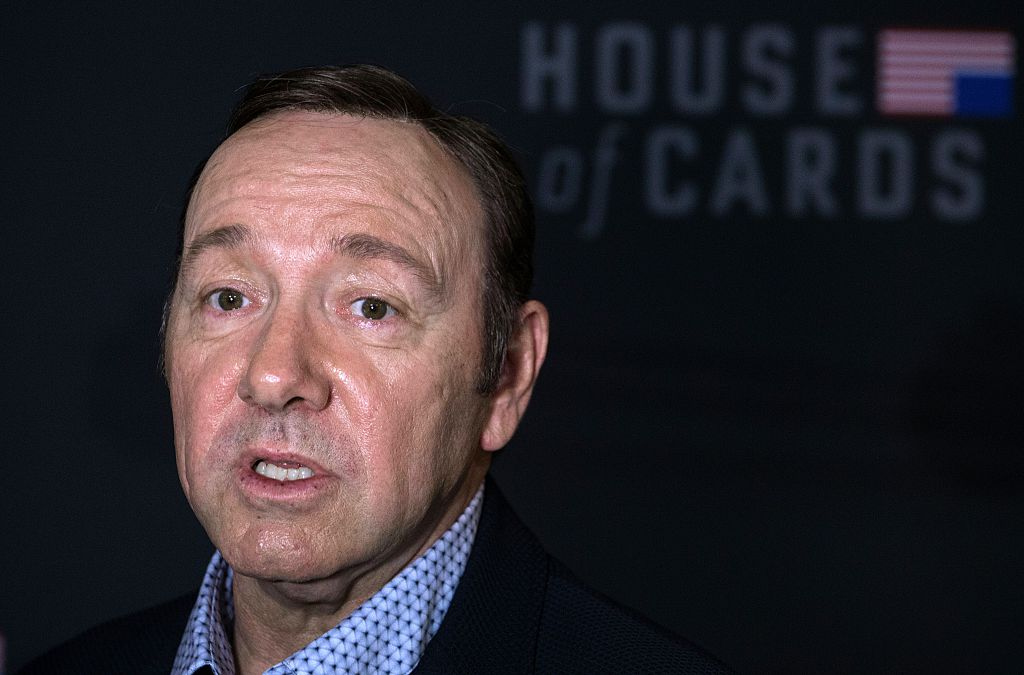 Netflix cuts ties with Spacey as sexual assault allegations snowball
Netflix cuts ties with Spacey as sexual assault allegations snowballSpeed Read